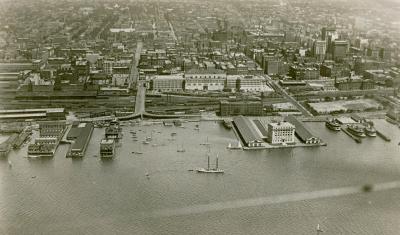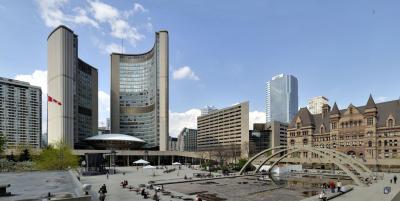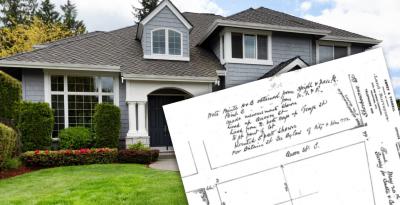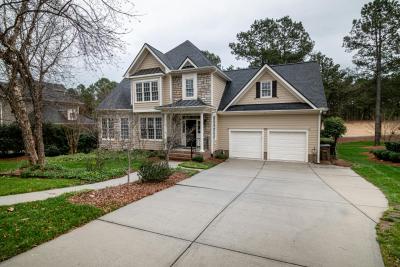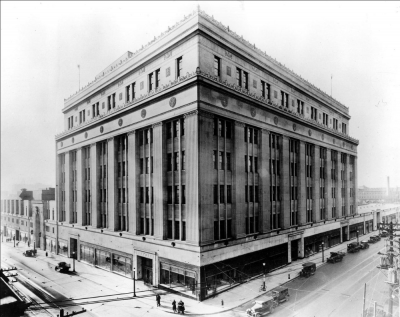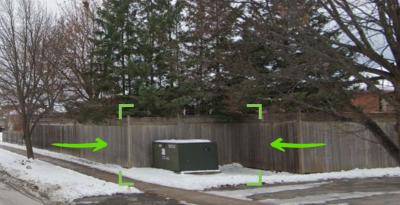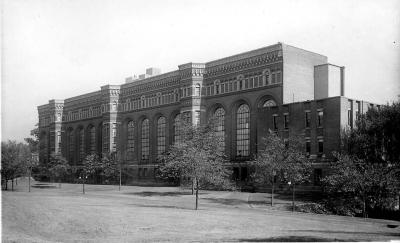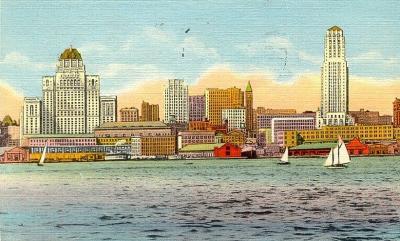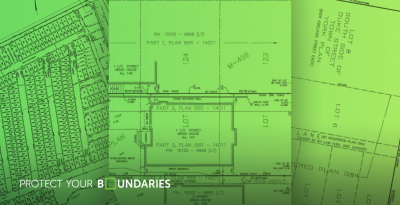Professional
Tides, Tracks and Towers: Rebuilding Toronto’s Harbourfront
Every year, millions of visitors head to downtown Toronto to experience some of its most iconic landmarks, the CN Tower and Rogers Centre. Whether to cheer on their favourite team, ride the tower's glass elevator 1,136 feet into the sky, or simply observe the architecture from the ground, there is no denying the energy of this lively neighbourhood.
The Cost of Overlooking Property Boundaries – A Lesson in Due Diligence
A recent Toronto Star article shed light on a case of mortgage fraud, where a daughter used her parents' home as collateral for a loan without their knowledge. This incident brings a broader issue to light—homeowners often assume they have full control over their property, only to discover hidden risks after it’s too late. While title insurance is frequently cited as a protective measure, this case reveals deeper vulnerabilities that go beyond fraud protection. It speaks to the importance of understanding your property boundaries, legal encumbrances, and potential risks long before a crisis occurs.
Toronto’s First Immigrant Hub: How the Ward Helped Shaped the City We Know Today
Before Nathan Phillips Square and Toronto City Hall, this part of downtown Toronto was home to one of the city’s first immigrant neighbourhoods—The Ward. Officially known as St. John’s Ward, it was a densely populated area where newcomers from America, Europe, China, and beyond—settled in search of opportunity.
What is the Value in an Old Survey?
Many of our customers ask about older surveys and their validity. It’s important to understand that land survey plans do not "expire"; rather, they become dated as the land changes and evolves. If a property remains unchanged for 50 years, a survey from that time would still accurately represent it. However, if the property has undergone renovations, landscaping, or other modifications, a new survey would be needed to reflect those updates.
Driveway Widening 101: Must-Know Steps to Safeguard Your Property and Avoid Legal Complications
Expanding your driveway is an effective way to increase parking space and improve the utility of your property. However, any modifications to your driveway or curb come with specific regulations and requirements, which vary from city to city. At Protect Your Boundaries, we encourage you to always have a land survey plan before you start any alteration to your property and be informed and proactive in following local guidelines to avoid future complications. This guide provides a step-by-step approach to driveway widening that protects your property and boundaries.
The Evolution of the Eaton Centre: A Window into Toronto’s Past Through Historic Surveys
In need of some retail therapy? The Eaton Centre is one of Canada's largest and one of Toronto’s most iconic landmarks—sprawling across several city blocks, it embodies the city’s diverse culture and active urban landscape. Before the bright lights and the expansive corridors, this land was part of a quieter Toronto, marked by small parcels of land. Historical surveys provide a unique insight into the transformation of this space and highlight the importance of preserving these records.
A Cautionary Tale: How a Homeowner Avoided Easement Headaches and Neighbour Disputes
Owning a property with easements on it can be complicated, especially if those easements affect your desired use of the property or are in the way of something you want to build. Easements are legal rights granted to others—such as utility companies, to access a portion of your property for specific purposes like installing or maintaining utilities. Because easements impact a homeowner’s ability to use parts of their property freely, it is important to uncover and research any easements and understand their implications; ideally, this is done before you purchase the property.
The History, Expansion, and Modernization of the Royal Ontario Museum
As we continue to explore historic buildings and landmarks in Toronto, one place that remains unmatched in terms of its historic value is the Royal Ontario Museum, often referred to as the ROM.
Within the walls of one of Canada's largest museums is an endless collection of artifacts telling stories from all over the world that offer cultural and educational value.
Today, we will explore the evolution of the iconic building that houses these remarkable artifacts, tracing its journey from a visionary idea to becoming Canada's largest and perhaps, most significant museum. Institutions like the Royal Ontario Museum play a key role in shaping Toronto's reputation as a world-class city, attracting tourists and eager learners from around the globe.
The Lost Legacy of a Building that Shaped a city- and a Hero
Many of the historic posts in this blog cover landmarks and buildings that were reinvented and preserved as part of Toronto’s evolving culture. However, this post tells the story of 80 King Street West, a building with historic and cultural significance that was demolished to make way for a new mega-structure: First Canadian Place.
Confused by Different Survey Plans? How to Identify the Different Types
Surveyors prepare over a dozen different types of plans, each tailored to a specific purpose. Knowing which kind of survey plan you need plays an important part in making sure your job is complete smoothly. Whether you are landscaping, renovating, building a fence, or simply checking your boundary lines, having the right tools the first time around will save you’re a lot money and headaches.


